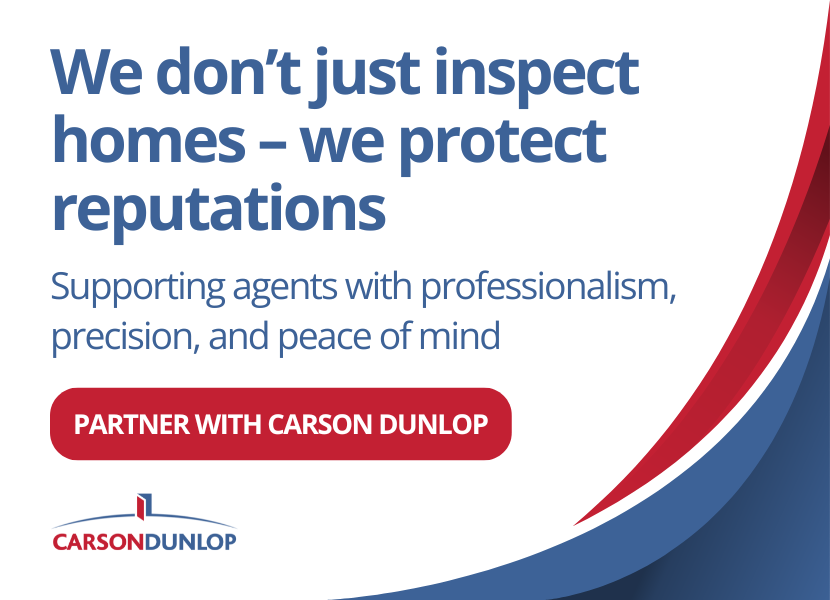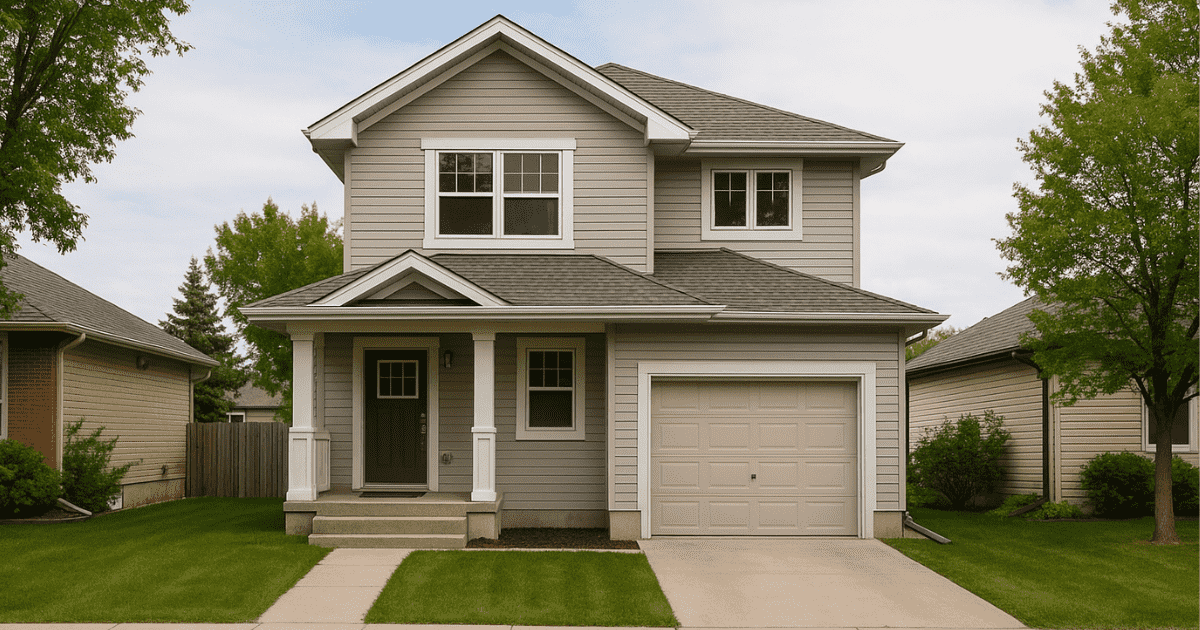Concern regarding radon levels in houses has received renewed interest in the media lately because people are working from home and attending school virtually. This presents a perfect opportunity for you to offer value-added information on this important topic to your buyers.
Radon is an invisible and odourless radioactive gas that’s released from the ground by radium (which comes from uranium). The second leading cause of lung cancer in Canada, radon kills more than 3,000 people annually, according to the Government of Canada.
Perhaps what makes radon exposure extra frightening is that build-up can occur in any home, regardless of age or how well it’s maintained – although higher levels are typically found in areas that have a higher concentration of uranium naturally occurring in the soil. Virtually every home in Canada has some radon, but the levels vary from house to house, even if they’re situated next door to one another.
How does radon enter a home?
Radon can build up over time to the point when it becomes a serious problem. A home’s radon levels depend on three main factors: 1) The amount of uranium in the ground; 2) The number of entry points into the home; and 3) How well the home is ventilated.
Possible points of entry for radon include:
- Construction joints
- Cracks in foundation walls and floor slabs
- Dirt floors
- Floor drains
- Window casements
- Gaps around service pipes
- Sumps or cavities inside walls
- Support posts
Radon testing
It’s impossible to know the levels of radon in any home unless testing is performed. Since you can’t see or smell it, you can be exposed without even knowing. Radon can build up over time to the point where it becomes a serious problem.
A study by the University of Calgary found one in five Canadian homes have radon levels above the Health Canada acceptable limit of 200 becquerels per metre cubed (Bq/m³). Levels are on the rise across the country, but particularly in Southern Ontario due to a broad range of reasons, including weather changes, atmospheric pressures and construction.
Ontario is the only jurisdiction in Canada where the builder’s warranty on new homes includes radon remediation coverage.
Testing for radon is recommended in homes about every two years as a proactive measure to ensure that levels are safe and the health of occupants won’t be compromised. A radon test is an inexpensive and simple way to bring your homebuyers peace of mind – for both an existing home and a prospective purchase.
There are two common types of radon tests – a presence test and a more comprehensive 90-day test.
Presence tests used to be conducted over 48 hours, but new technology provides initial results in 10 minutes, and then numerous times over the next two to three hours as we’re conducting a standard inspection. So, by the time we finish an inspection, we can give a homebuyer or seller a good idea of whether they’ll want to follow up with the more costly 90-day testing, which will likely lead to some remediation.
Action should be taken immediately if radon levels are higher than the Canadian Guideline of 200 Bq/m³.

Mitigating radon inside a home
Radon levels in most homes can be reduced by more than 80 per cent for about the same cost as other common home repairs such as replacing the furnace or air conditioner.
If radon levels in a home are above the Canadian guideline, Health Canada recommends that a professional certified under the Canadian National Radon Proficiency Program (C-NRPP) be hired. Lowering radon levels in a home requires specific technical knowledge and skills to ensure the job is completed properly.
When selecting a radon reduction method for a home, a contractor will consider several things, including:
- Radon levels in the home
- Costs of installation and system operation
- Home size and foundation type
The effectiveness of any one radon-reduction method will depend on the unique characteristics of the home, the level of radon, how it’s getting into the house and how thoroughly the job is done. A single method may work, but sometimes a combination of several techniques must be used.
A radon professional will likely perform one or more diagnostic test to help determine the best radon-reduction system for the home. For example, a contractor may use chemical smoke to see the air flow sources and radon entry points by watching a small amount of smoke that has been placed into holes, drains, sumps or along cracks. Another type of diagnostic test is a Pressure Field Extension Test (or communication test). This test uses a vacuum cleaner to measure how easily air can move from one point to another under the foundation and estimate the number of suction points and fan size needed for an active radon-reduction system.
Once diagnostic testing has been completed, there are several mitigation options available that are effective in reducing radon to safe levels in a home and keeping it there long term, although regular testing is always recommended.

Cliff Campbell is a regional owner and member of the National Leadership Team at A Buyer’s Choice Home Inspections (ABCHI) Canada, as well as a Certified Master Inspector (CMI) and the local owner of the Lethbridge, AB ABCHI franchise. Having performed 6,000+ residential and commercial property inspections, Cliff has a passion for raising the bar in what buyers, sellers and their realtors should expect from a professional inspector. He can be reached at: https://abuyerschoice.com/partners














